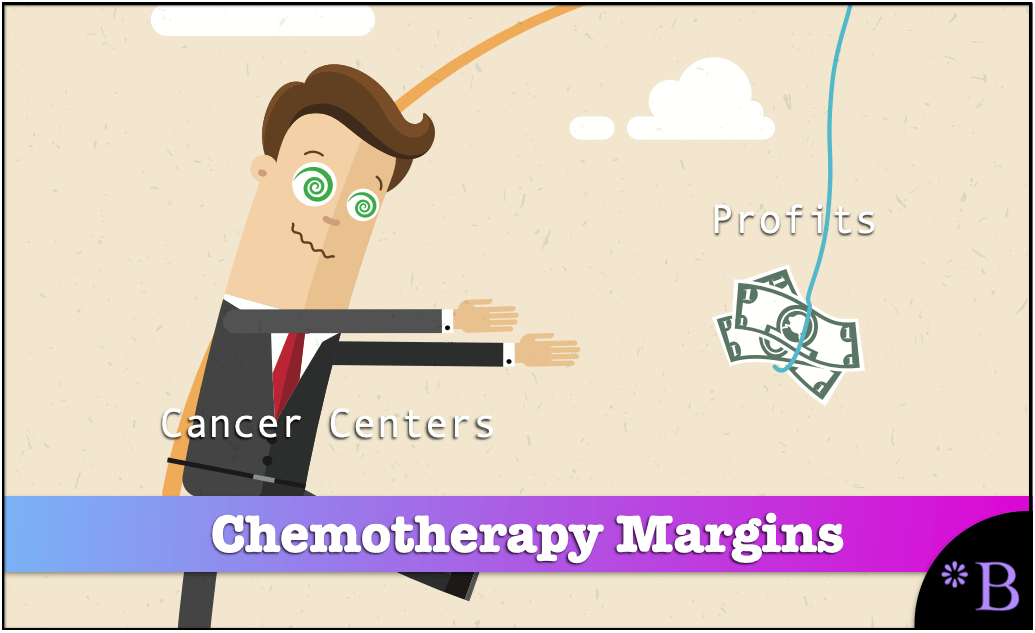The Absurd Markup of Over 300% on Average For Chemotherapy Drugs
Executive Summary
- Cancer centers very significantly mark up chemotherapy drugs.
- This article covers this topic from several dimensions.

Introduction
If one looks at the normal drug market, one sees corruption in that the pharma companies create financial incentives for MDs to prescribe on-patent drugs for which there are better generic alternatives. However, for most drugs, MDs are not allowed to markup drugs. Yet this rule does not apply to chemotherapy drugs.
This is explained in the following quotation from Health Care Drive.
Research over a six-month span last year shows U.S. hospitals marked up the price of cancer therapies for patients with private health insurance, in some cases charging them more than seven times what it costs for hospitals to acquire the drugs, according to a study published Monday in JAMA Internal Medicine.
What is curious is how in all of the research I performed into chemotherapy, I barely recall this issue being brought up. What is reasonable is for the cancer center to charge for their services, but have a small markup on the chemotherapy drugs. However, that is not what we find.
The High Price Variance Among Chemotherapy Drugs
Prices varied considerably across payers and facilities in the study, with the median drug price markup across all cancer centers and payers ranging between 118% and 634%.
Researchers also found that most National Cancer Institute-designated facilities did not publicly disclose payer-specific prices for cancer therapies as required by federal price transparency regulations.
Researchers examined private payer-specific negotiated prices for 25 commonly used injectable or infusible cancer therapies at 61 NCI-designated facilities. They used publicly available hospital price transparency files, conducting the study from April 1 to Oct. 15 of 2021.
Across different hospitals, price ratios for cancer therapies ranged between 2.2 for pertuzumab and 15.8 for leuprolide.
At the same cancer center, price ratios for cancer therapies ranged between payers from 1.8 for brentuximab to 2.5 for bevacizumab.
At one center, negotiated prices for 7.5 mg of leuprolide ranged between $692 and $3,284 per milligram, researchers found.
That is quite a variance. What would be the logic to explain such a variance?
Oncologists Lying About Their Profits From Chemotherapy Drugs
This is from an article on an MD’s website.
It illustrates how false the information is about this topic that is provided by MDs.
This week I met a gentleman with an aggressive cancer. After reviewing his records, taking his history, and doing an examination, I sat down to talk with him and his wife regarding choices.
Before I could begin, his wife said, “I want you to know that we are not going to do chemotherapy, because our family doctor told us that the only reason oncologists give those poisons is to make money.” While I have heard this piece of trash talk before, for some reason it hit me hard with this particular patient, whom I was working very hard to help.
This is very common among MDs, who like to pretend that being some of the highest-earning individuals in society is not their focus, which was not a motivation for attending medical school. But they just want to help?
The average “margin,” the extra amount of dollars that chemotherapy in the outpatient setting is charged, is between 4 and 6 percent. That means that if the drug costs the cancer office $100 to buy, the office will receive in payment about $106.
That is entirely false, and this MD has no support for his claim, and he states this is his estimate.